| DC66301 |
WHI-P97 HCl
Featured
|
|
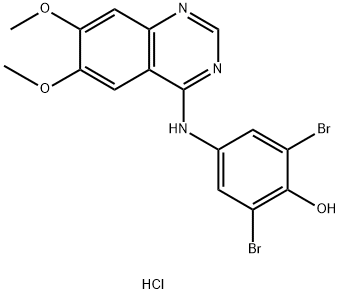
|
| DC66302 |
PKC-theta inhibitor hcl
Featured
|
PKCθ inhibitor is an inhibitor of PKCθ. |

|
| DC66303 |
STING-IN-3
Featured
|
STING-IN-3 is an inhibitor of stimulator of interferon genes (STING). STING-IN-3 efficiently inhibits both hsSTING and mmSTING through covalently target the predicted transmembrane cysteine residue 91 and thereby block the activation-induced palmitoylation of STING. |
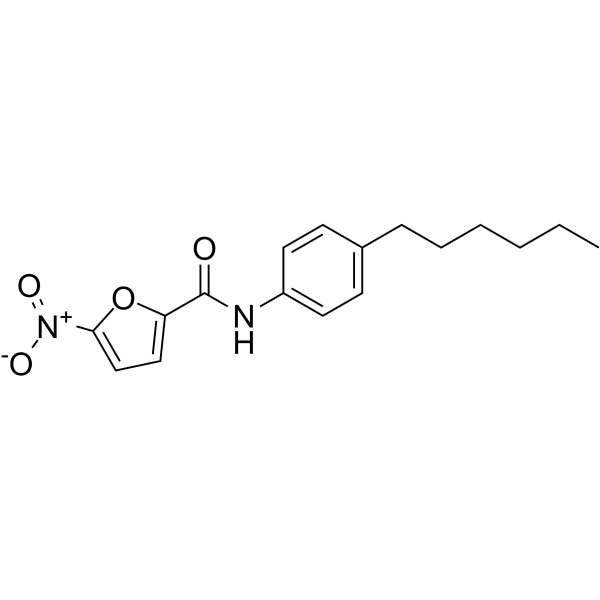
|
| AES-350 |
AES-350
Featured
|
AES-350 is a potent and orally active HDAC6 inhibitor with an IC50 and a Ki of 0.0244 μM and 0.035 μM, respectively. AES-350 is also against HDAC3, HDAC8 in an enzymatic activity assay with IC50 values of 0.187 μM and 0.245 μM, respectively. AES-350 triggers apoptosis in AML cells through HDAC inhibition and can be used for acute myeloid leukemia (AML) research. |
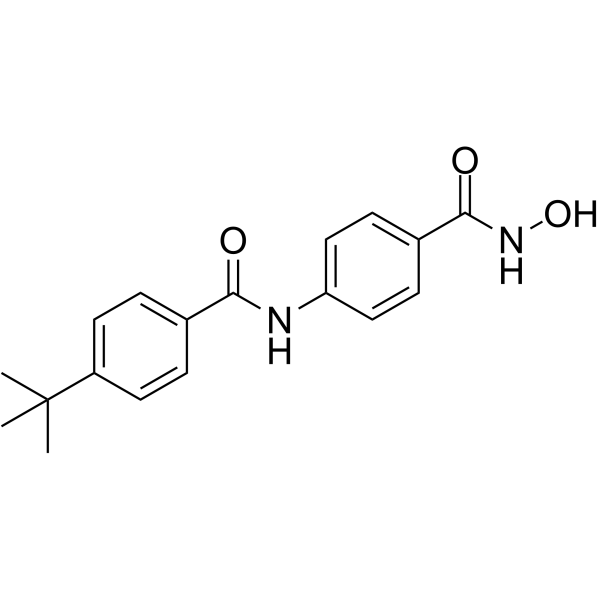
|
| DC66305 |
WAY-328133
Featured
|
useful for the treatment of cystic fibrosis |
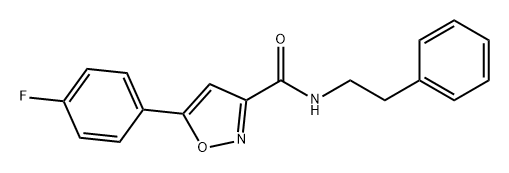
|
| DC66306 |
WAY-328182
Featured
|
restore E-cadherin expression in the SW620 colon adenocarcinoma cell line |

|
| DC66307 |
WAY-328168
Featured
|
antagonist of the NK3 receptor; altering the lifespan of a eukaryotic organism; |
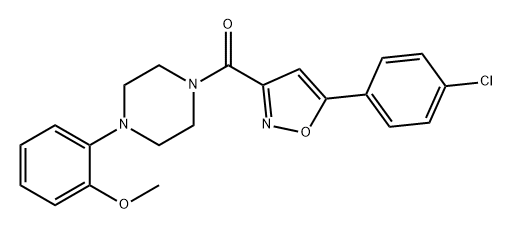
|
| DC66308 |
WAY-299775
Featured
|
potential leads for chaperone therapy for Gaucher disease |
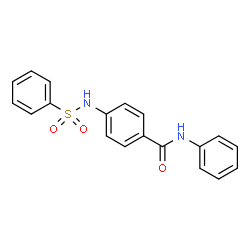
|
| DC66309 |
NFATc1-IN-1
Featured
|
NFATc1-IN-1 (compound A04) is a potent inhibitor of RANKL-induced osteoclast formation, with an IC50 of 1.57 μM. NFATc1-IN-1 shows anti-osteoclastogenic effects through reducing the RANKL-induced nuclear translocation of NFATc1. NFATc1-IN-1 can be used for osteoclastic diseases research. |
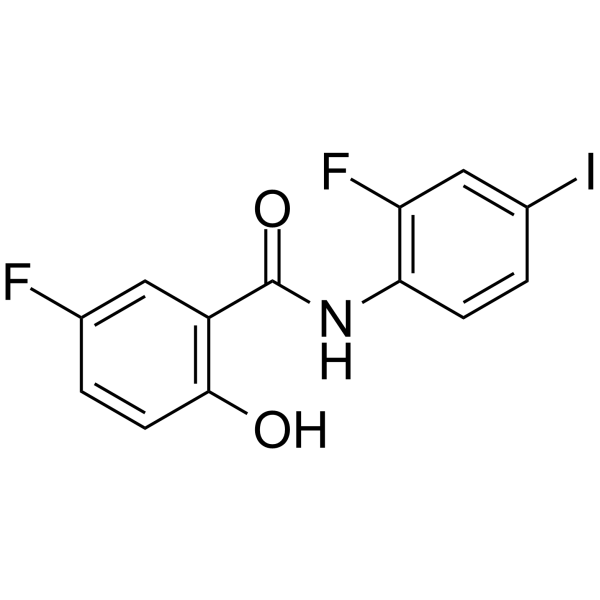
|
| DC66310 |
WAY-388798
Featured
|
|

|
| DC66311 |
BRD4 Inhibitor-24
Featured
|
BRD4 Inhibitor-24 (compound 3U) is a potent BRD4 inhibitor, BRD4 Inhibitor-24 shows antitumor activity against MCF7 and K652 cells, with IC50 values of 33.7 and 45.9 μM, respectively. |
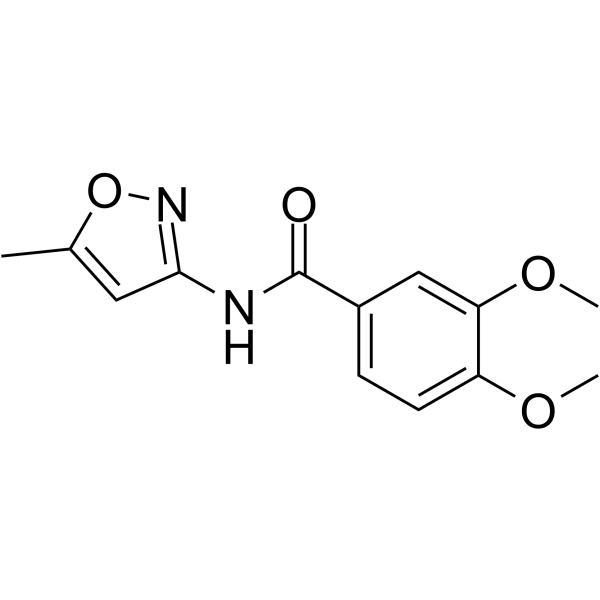
|
| DC66312 |
DB2313 HCl
Featured
|
DB2313 is a first-in-class potent small-molecule inhibitor of PU.1. DB2313 disrupts the interaction of PU.1 with target gene promoters and leads to down-regulation of canonical PU.1 transcriptional targets. |

|
| DC66313 |
WAY-301158
Featured
|
antitubercular activity; fungicidal activity; |
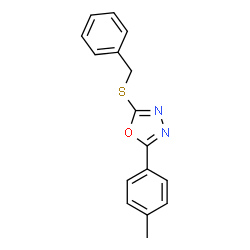
|
| DC66314 |
WAY-310301
Featured
|
anti-inflammatory, COX inhibitory activities and ulcerogenic liability |
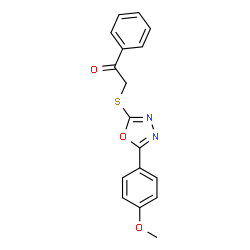
|
| DC66315 |
WAY-326101
Featured
|
glucocerebrosidase activator; |
.gif)
|
| DC66316 |
BMS-P5 HCl
Featured
|
BMS-P5 is a Novel Peptidylarginine Deiminase 4 (PAD4) Inhibitor with pIC50 values in the range of 5-7.5. BMS-P5 Blocks Formation of Neutrophil Extracellular Traps and Delays Progression of Multiple Myeloma. Administration of BMS-P5 to multiple myeloma-bearing mice delays appearance of symptoms and disease progression Targeting PAD4 may be beneficial for treatment of multiple myeloma. |

|
| DC66318 |
WAY-301522
Featured
|
|
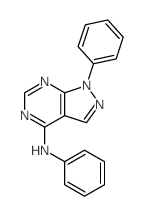
|
| DC66319 |
WYE-176249
Featured
|
VEGF inhibitor |

|
| DC66320 |
WAY-301122
Featured
|
cytotoxity (targeted to DNA topoisomerase II); anti-cancer activity; fungicides; |

|
| DC66321 |
WAY-328141
Featured
|
useful for the treatment of cystic fibrosis; modulating CFTR activity; altering the lifespan of a eukaryotic organism; |

|
| DC66322 |
WAY-327512
Featured
|
activate TLR8-dependent NF-kB signaling |
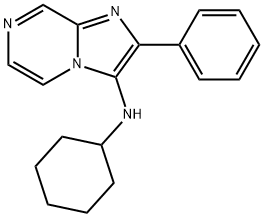
|
| DC66323 |
WAY-270252
Featured
|
IGF-1R/SRC inhibitor |
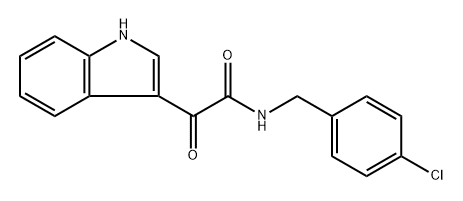
|
| DC66324 |
WAY-358024
Featured
|
GSK-3b inhibitors; GSK-3b inhibitors; |
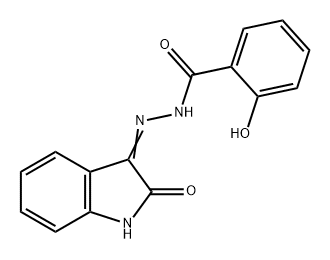
|
| DC66325 |
CB2R PAM
Featured
|
CB2R PAM is an orally active cannabinoid type-2 receptors (CB2Rs) positive allosteric modulator. CB2R PAM displays antinociceptive activity in vivo in an experimental mouse model of neuropathic pain. |

|
| DC66326 |
Ropidoxuridine
Featured
|
Ropidoxuridine (IPdR) is a novel orally available, halogenated thymidine analog and is a potential radiosensitizer for use in human tumors. |
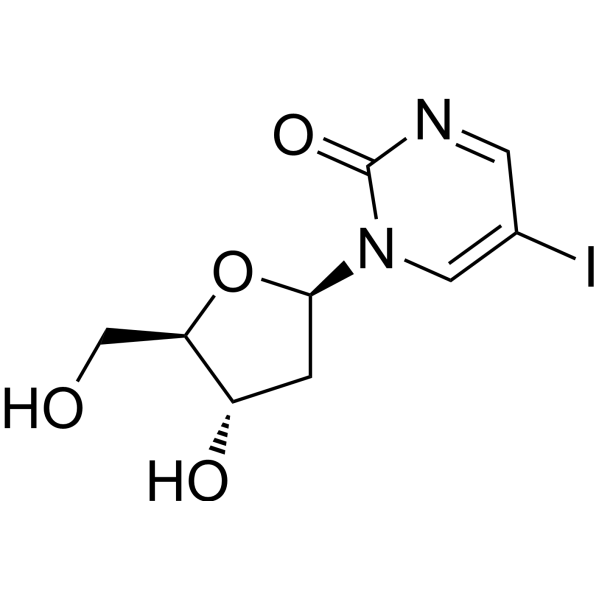
|
| DC66327 |
Antibacterial agent 125
Featured
|
Antibacterial agent 125 is an antibacterial agent. Antibacterial agent 125 has a potent antimicrobial activity against clinically relevant Gram-positive pathogens with MIC50 values range from 0.25 - 8 μM. Antibacterial agent 125 can be used for the research of antimicrobial resistance. |
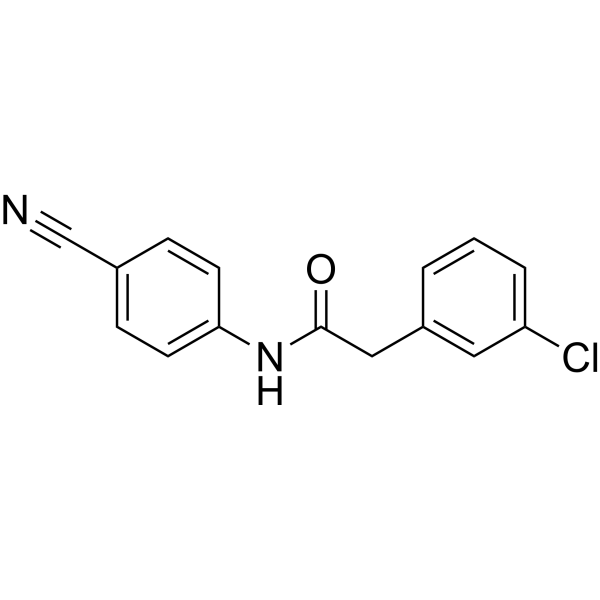
|
| DC66328 |
OTS514 hydrochloride
Featured
|
OTS514 hydrochloride is a highly potent TOPK inhibitor, which inhibits TOPK kinase activity with a median inhibitory concentration (IC50) value of 2.6 nM. OTS514 hydrochloride strongly suppresses the growth of TOPK-positive cancer cells. OTS514 hydrochloride induces cell cycle arrest and apoptosis. |
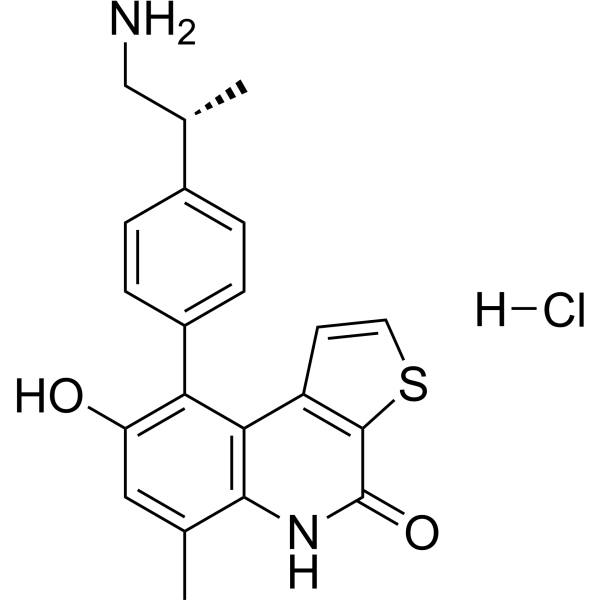
|
| DC66329 |
Martinostat hydrochloride
Featured
|
Martinostat (hydrochloride) is a inhibitor of HDAC that can be labeled with radionuclides for diagnostic applications. |

|
| DC66330 |
Martinostat
Featured
|
Martinostat is a histone deacetylase imaging agent. |

|
| DC66331 |
NSC 31150
Featured
|
|
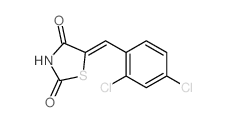
|














.gif)














